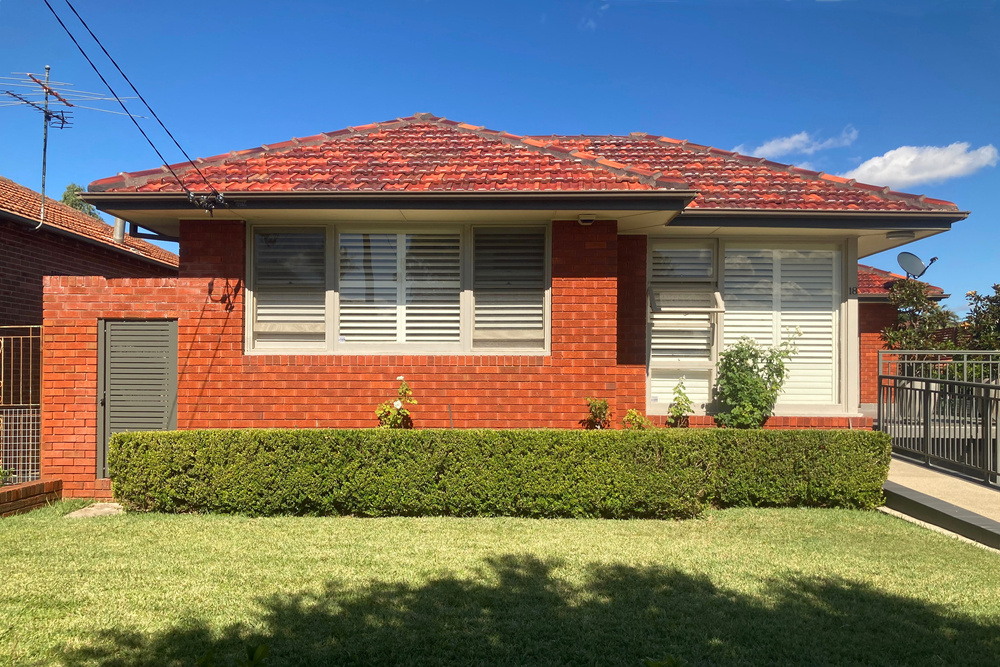
Jul
How To Keep Your Roof Cool
Summer has already started and if it the reports anything to go by, this year will be a scorcher. With the temperatures rising, many of us are going to head indoors, preferably with some aircon going on. While a cool could certainly be attained by turning your roof into a green roof, there also other ways to have a "cool" roof. In this post, we share some of the factors on how to keep your roof cool.
Roof Colour
Some colors reflect heat; others absorb the heat. In general, dark-colored (black etc.) roofing materials will absorb the heat and cause your attic and/or the top of your house to be warmer than a lighter colored material. Conversely, light-colored roofing materials have been the traditional choice for warm weather climates, absorbing as much as 85% of sunlight. That’s why you see white, painted roofs in Greece and other Mediterranean countries. Take this into consideration, when choosing a Colorbond roof for your home in Brisbane or other type of roof colour.
Roof Structure
Firstly, you need to consider the building’s orientation (is it facing the sun?) and adjust accordingly.
Insulation - In terms of prioritising these design elements of the actual roof, insulation is a major factor. The type of material you use is not as important as the thermal resistance (or R-value) of that material. The higher the R-value, the more the material inhibits the transfer of heat and the better it works as an insulator. To stay cool when the heat is on, you also need to think about what type of house you have, and what its surroundings are like. The “Queenslander” house has long been seen as suitable for hot weather. Such houses have great design features for cooling, including shady verandas and elevated floors. But the traditional timber and tin construction provides very little resistance to heat transfer. If uninsulated homes are closed up during a heatwave they would very likely become too hot. This has led people to opening up their house, to stop them getting much hotter inside than outside. You can decide for you home between many types of insulations including cellulose fibre insulation, polyester batts insulation and earth wool insulation.
Ventilation - If you have attic space, ventilation and skylights is the second priority for most areas of Australia. Venting hot air from a high position in the roof minimises the heat energy transmitted through the ceiling into living spaces. Typical ventilation includes roof plane ‘whirlybirds’; roof ridge vents; gable vents; and, eave soffit vents (which let air into the underside of the eave).
Other methods to reduce mechanical heating and cooling demand:
- high-performance window glazing
- external window shading (Well-sealed high-performance glazing, external window shading and proper window coverings can yield significant energy savings. The use of double-glazing and/or low-emissivity windows can dramatically reduce heat loss during winter and minimise the amount of heat entering during the summer)
- proper window coverings
- controlling internal heat generation from lighting and equipment, and minimising air leakage, can also reduce cooling and heating loads.
What happens without roof ventilation
Firstly, the summer heat can bring unbearable temperature problems. The heat radiates downwards causing discomfort in the living areas and many sleepless nights. Secondly, improper roof ventilation brings condensation problems. Showers, laundry, dishwashing and cooking all generate moisture that can condense to litres of moisture a day this can cause damage to your roof timbers, dry rot, ceiling damage, moisture soaked insulation becomes ineffective, a breeding ground for termites, mould, mildew, fungus, bacteria, dust mite etc all these problems can also lead to health problems.
HVAC (heating, ventilation and air conditioning)
Even after you’ve optimised your home, you might still need mechanical help when it comes to your roof keeping your home cool. Consider a ducted air conditioning system. It has its internal unit (fan coil) installed within the roof space of the home. A series of ducts run from the air conditioning unit to each of the rooms in the home, allowing you to cool or heat each room using individual controls, or ‘zoning’.
In a lot of residential and commercial installations, the cooling ducts from the air-conditioning are located in hot roof spaces and are poorly-insulated. If you have air-conditioning ducts in your roof space, the way to solve this problem is to:
- improve the insulation on your air-conditioning ducts – this needs to be applied to the outside surface of the duct
- ensure that there are no air leaks from the ducts
- have a solar-powered ventilator to remove heat from the roof space.
Consider the HVAC unit location -
- place unit so as to minimise duct lengths
- allow sufficient airflow around the unit
- do not install close to heat-generating devices
- provide easy service access without undue obstruction
- prevent outlet air from feeding to the inlet
- minimise acoustic and vibration disturbance in occupied spaces.
Ducted air conditioning units cool large areas or an entire house. Ducts must be well insulated, to at least R1.5, and joints sealed to prevent condensation and leakage. The roof should have reflective foil insulation installed and be vented to dispel hot air. Zone systems to cool only occupied areas and allow different conditioning in living and sleeping areas.
Ducted air conditioning is the ultimate climate control solution for your whole home:
- Every room is air conditioned summer and winter.
- Central temperature and zone control with set and forget timers.
- Even air distribution meaning no hot or cold spots in your home.
- With only grills mounted in ceiling or floor visible, ducted systems do not intrude into the overall look of your rooms like a wall hung unit.
- With all the noise producing equipment in the ceiling, under the floor or outside, ducted air conditioning is the quietest of all air conditioning options.
These are a just a few ideas presented, on how to make your roof do its best in keeping you and your home cool. Contact us to find out on how to make your roof in peculiar cooler for your home.



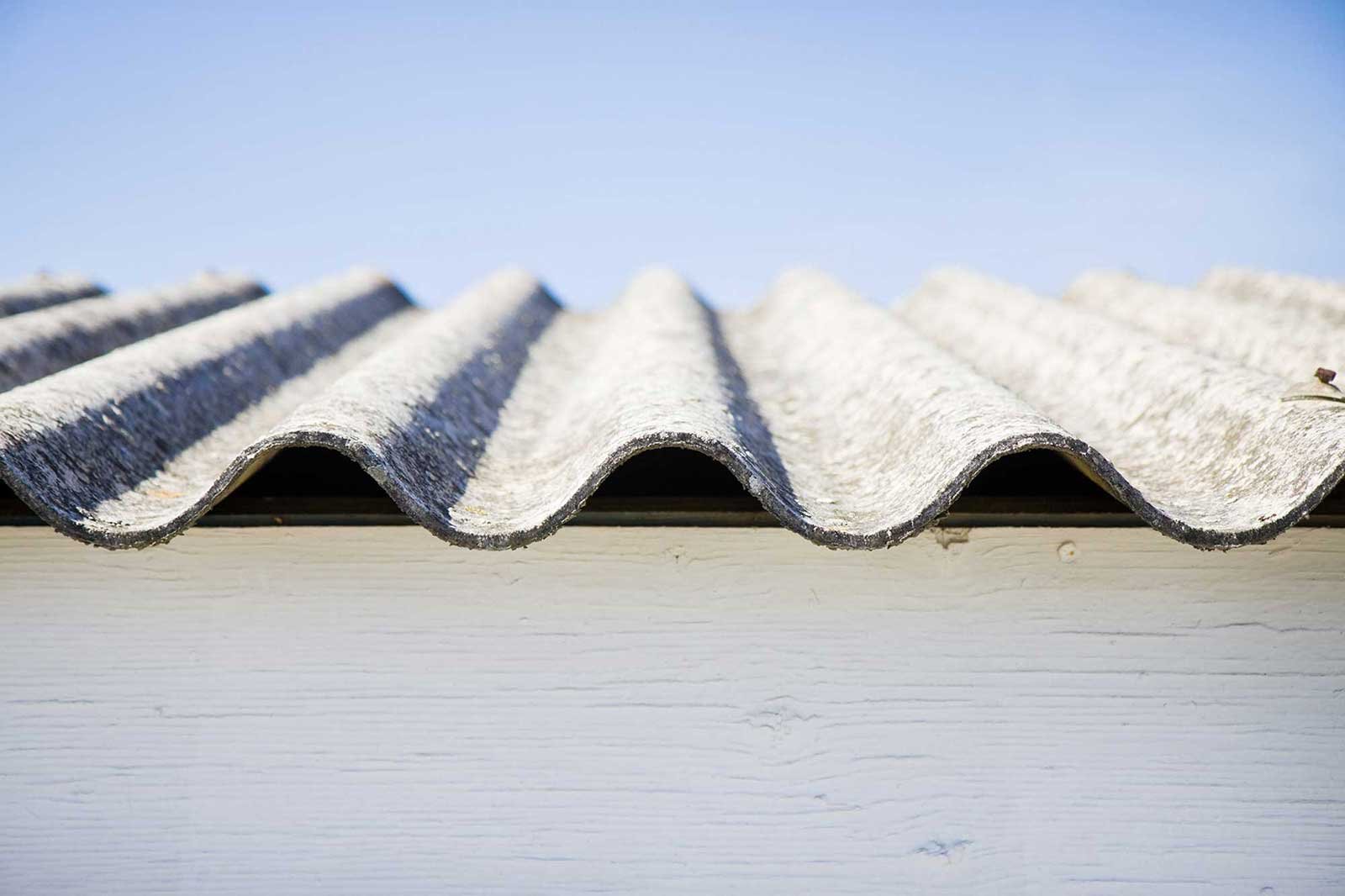




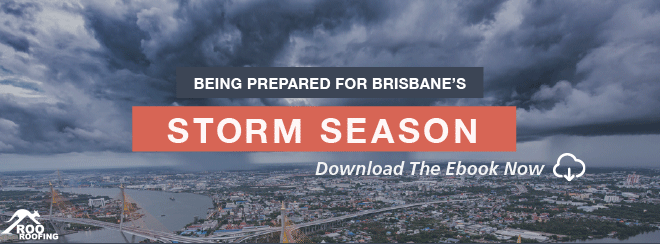
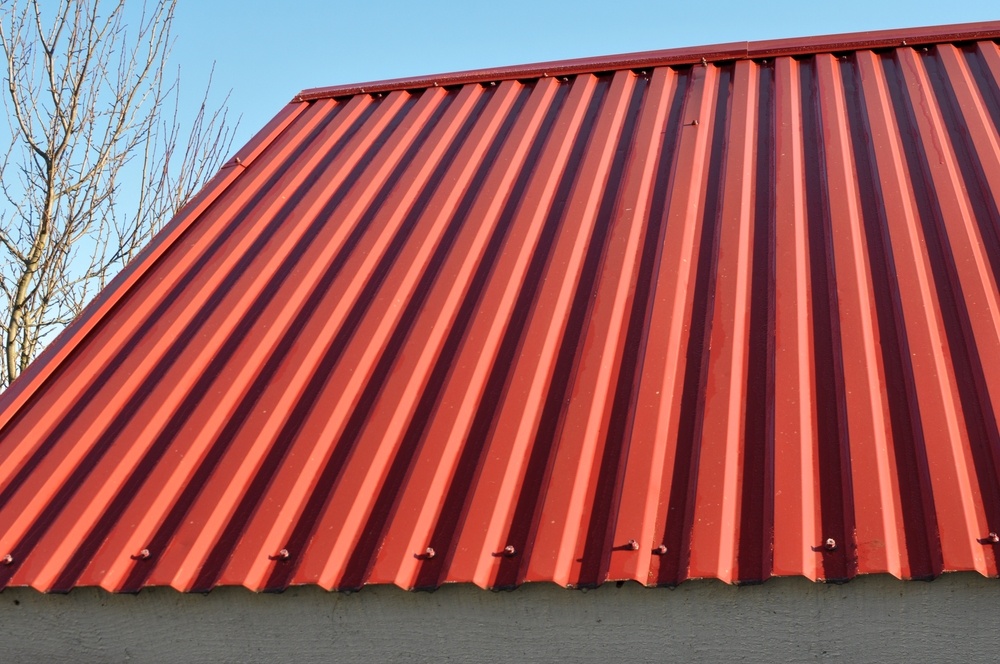
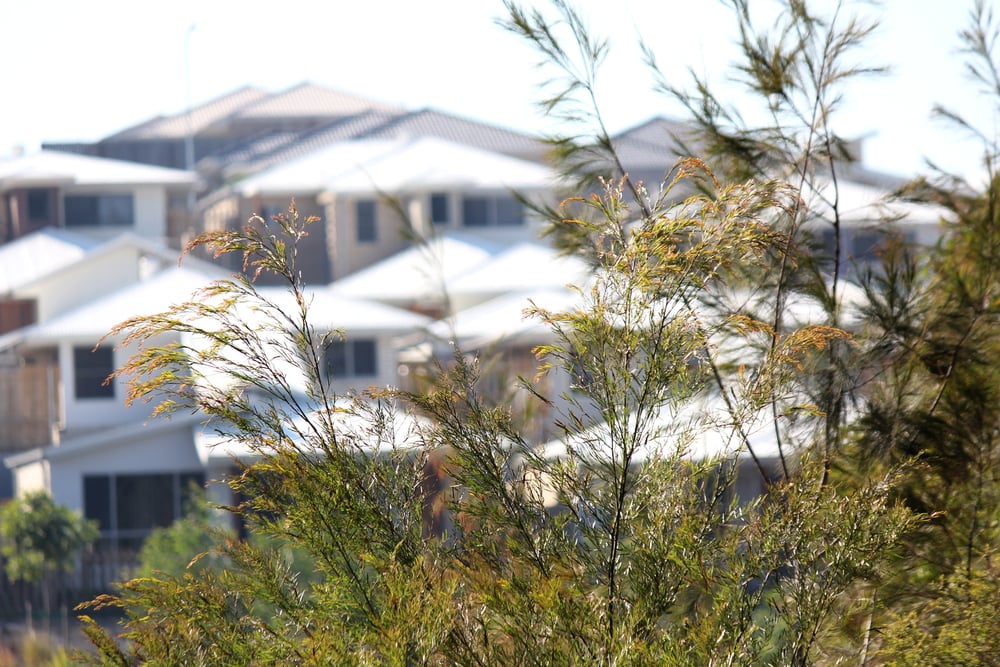

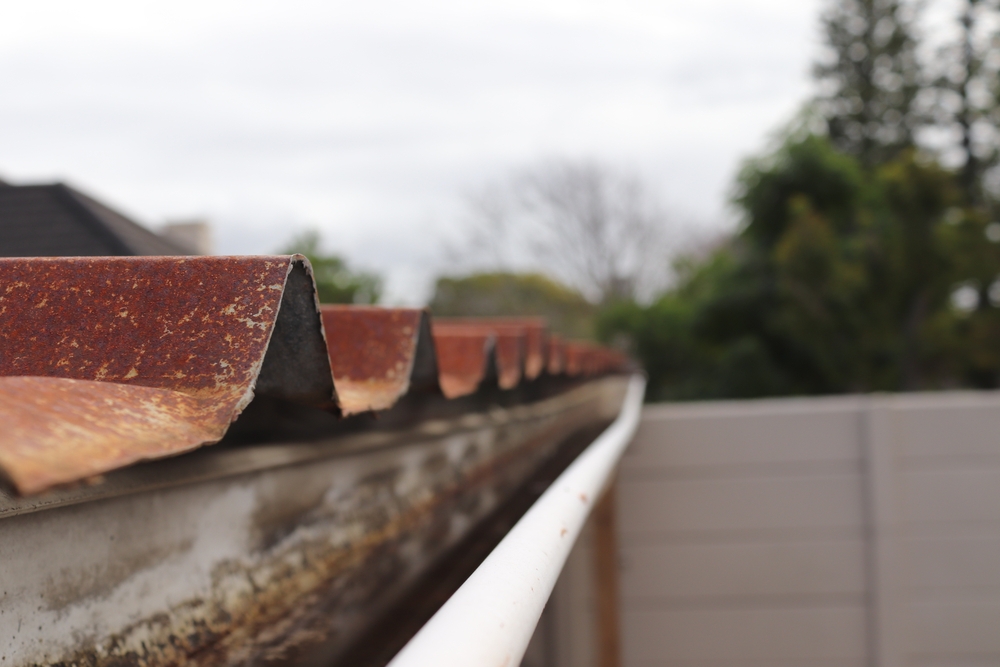
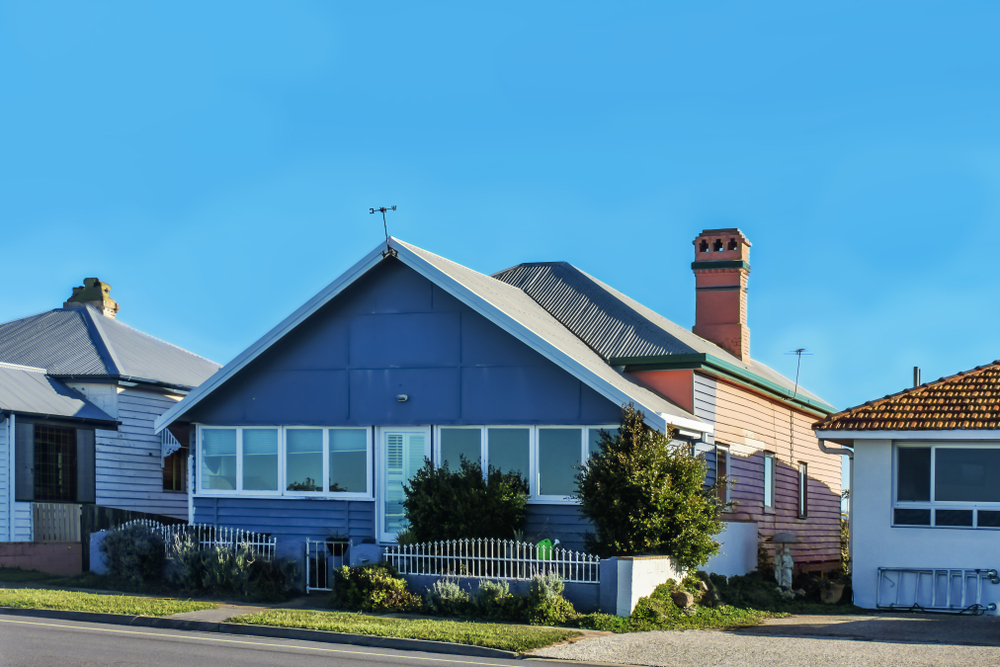
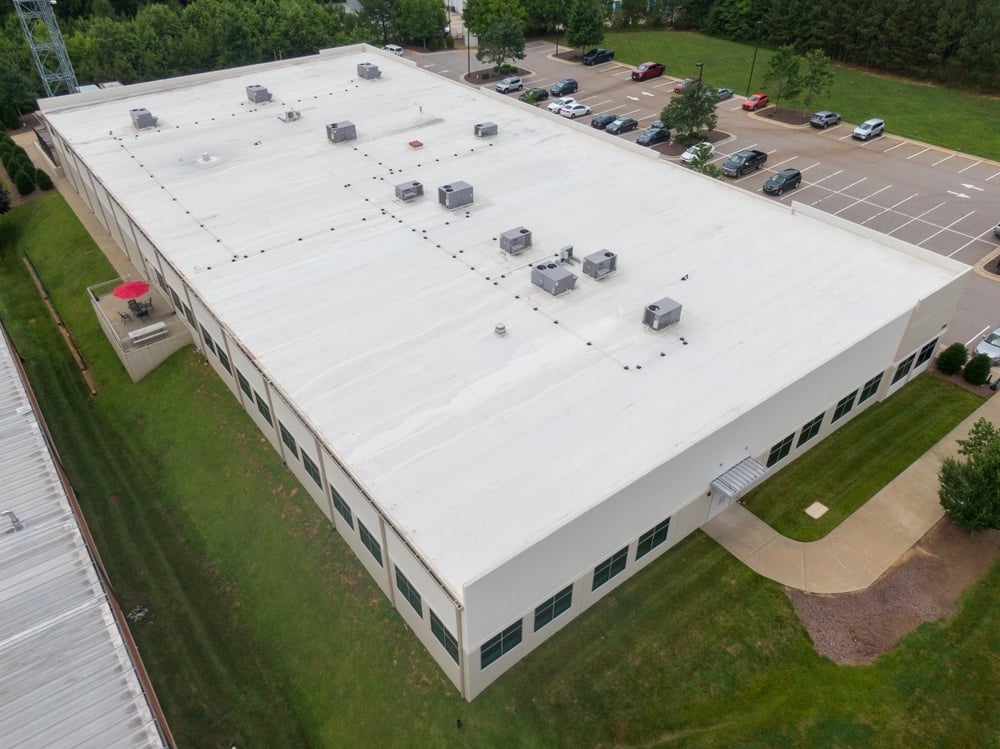
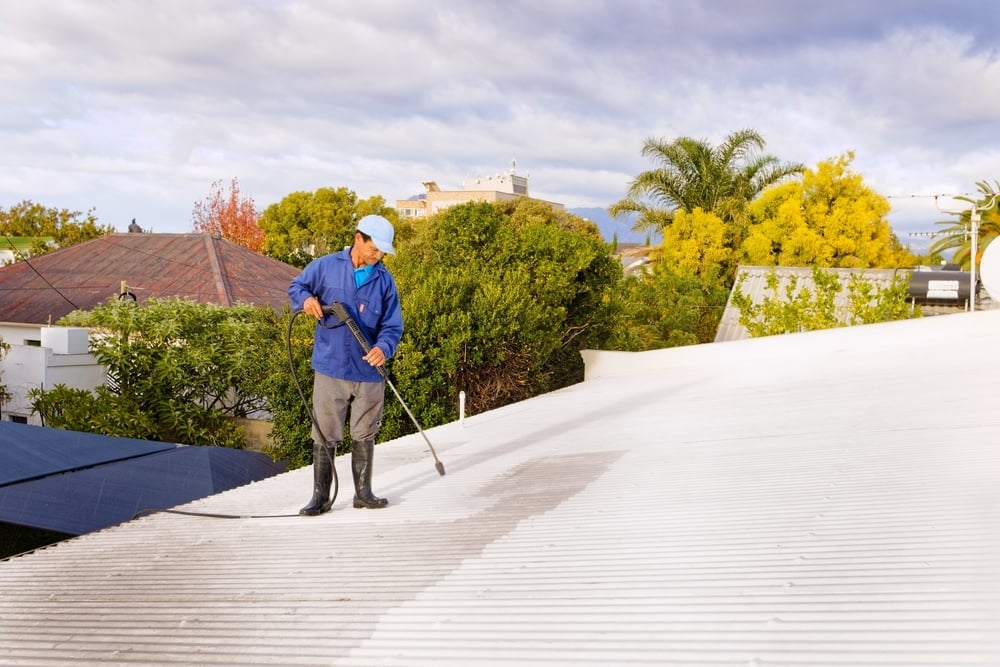
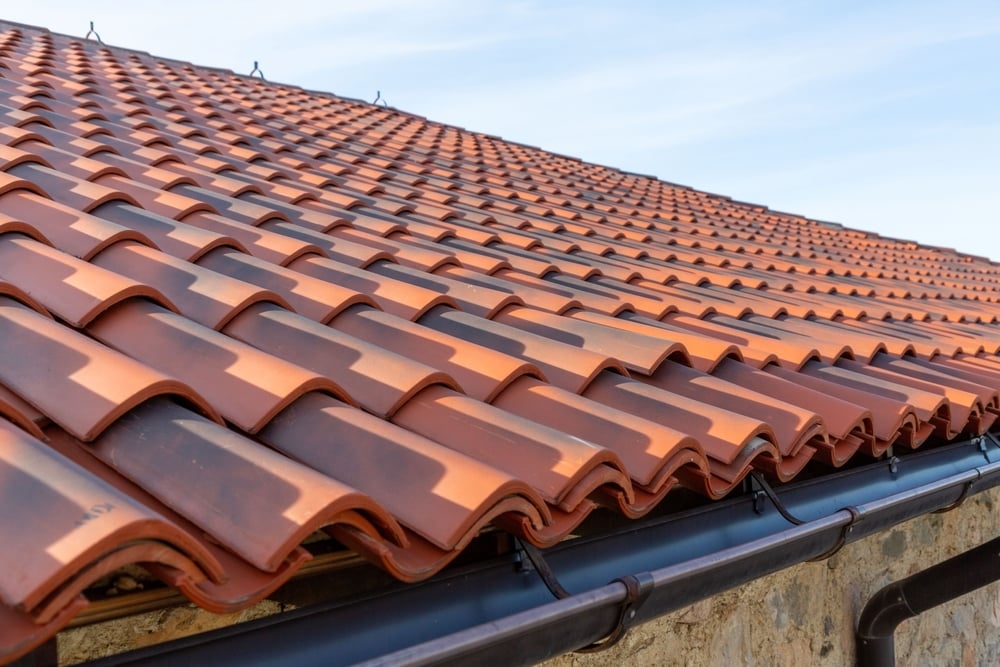
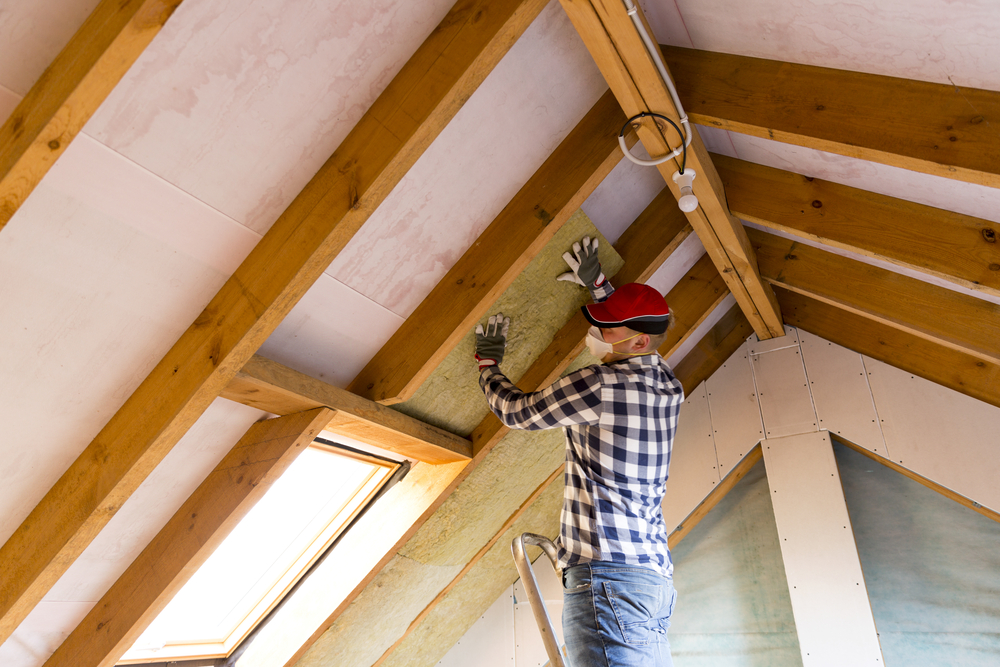
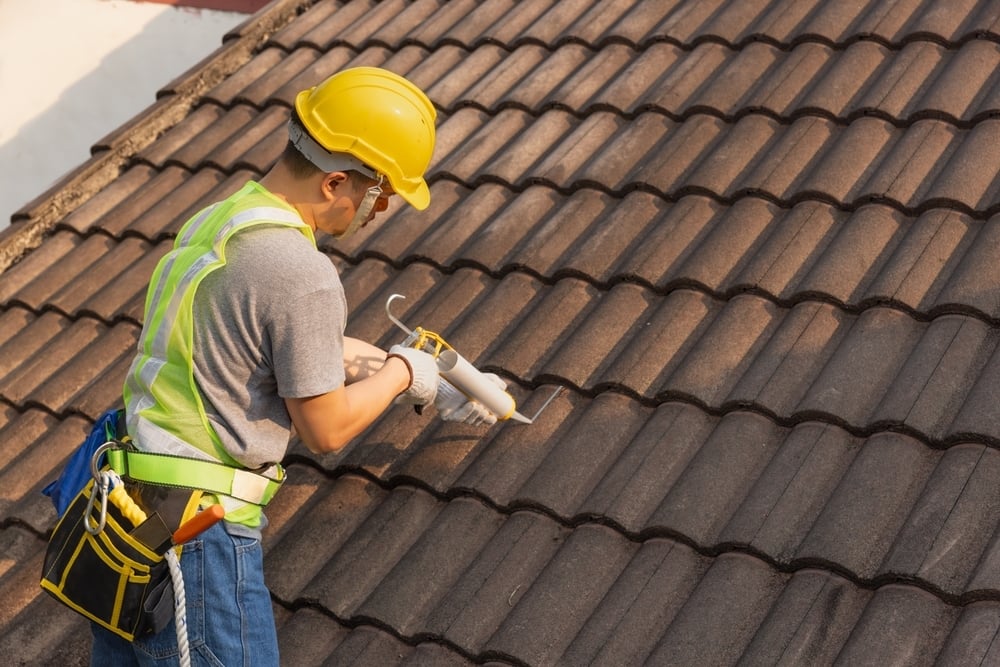
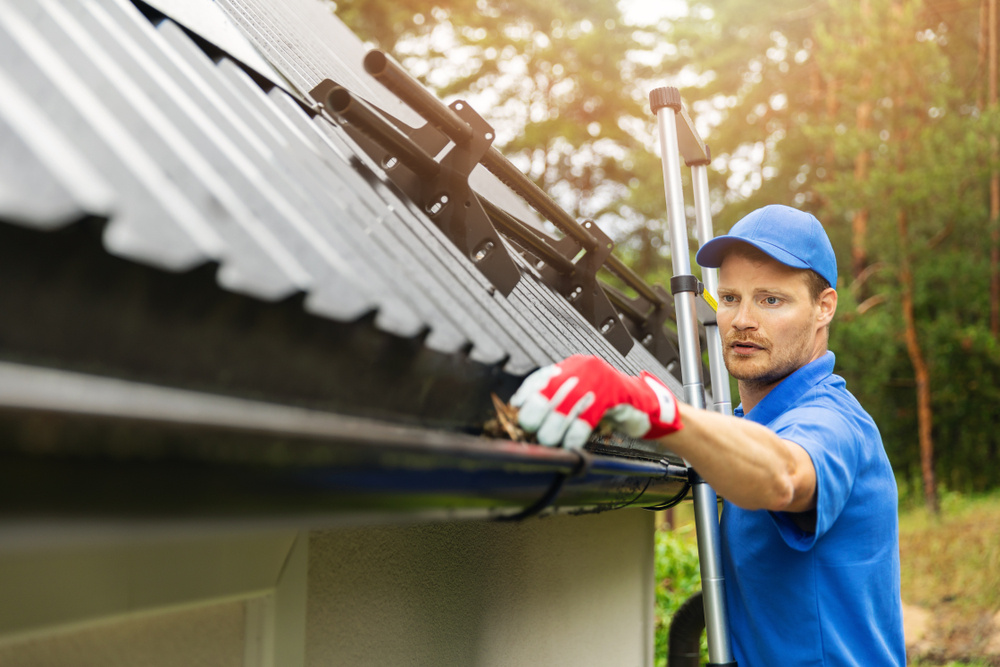

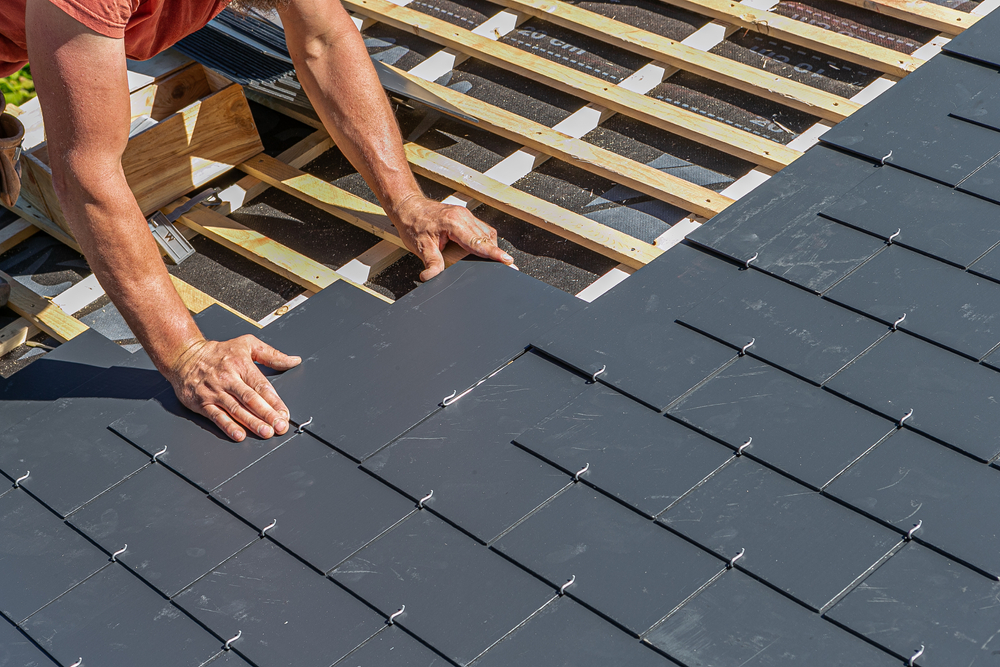
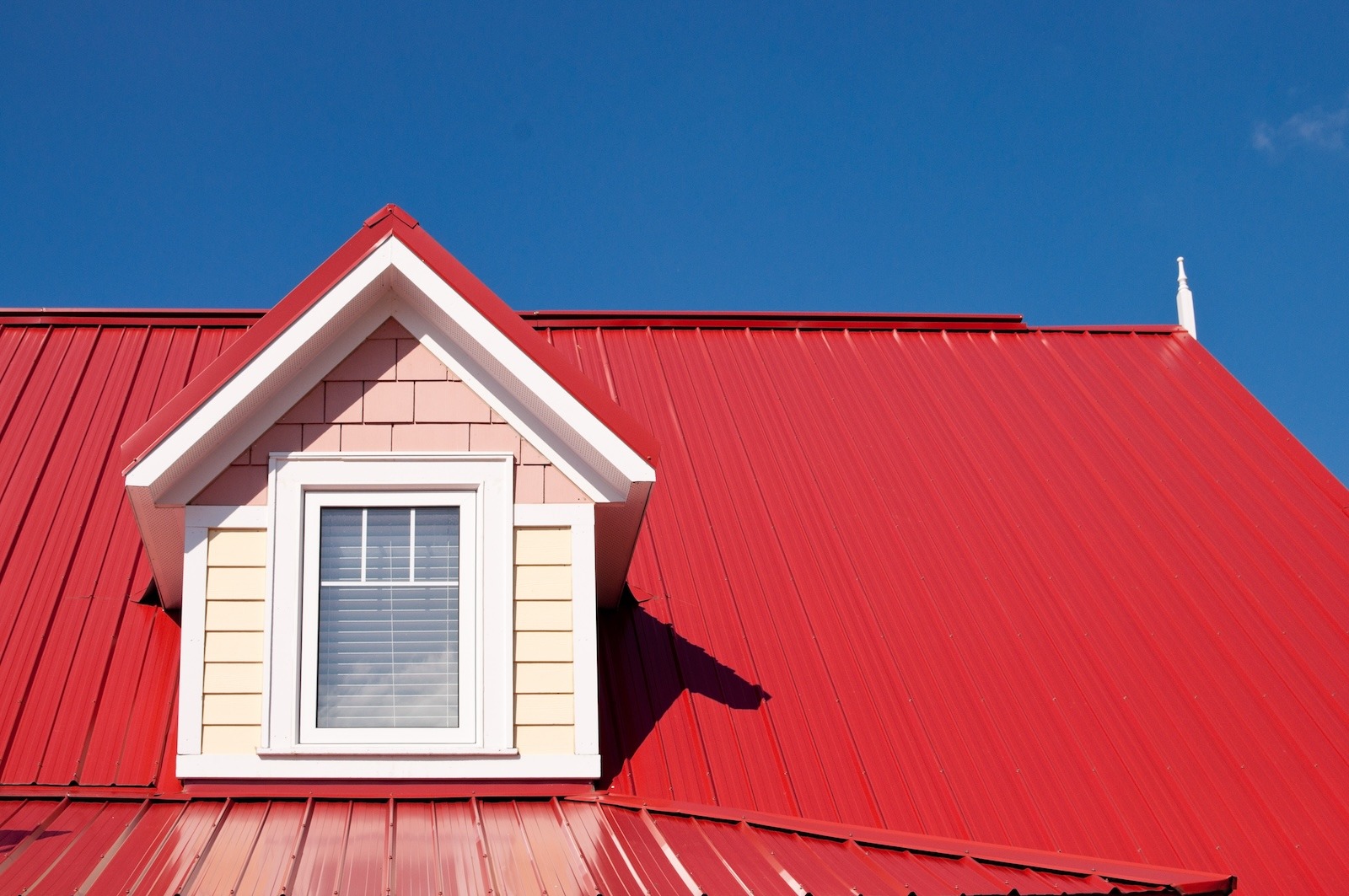
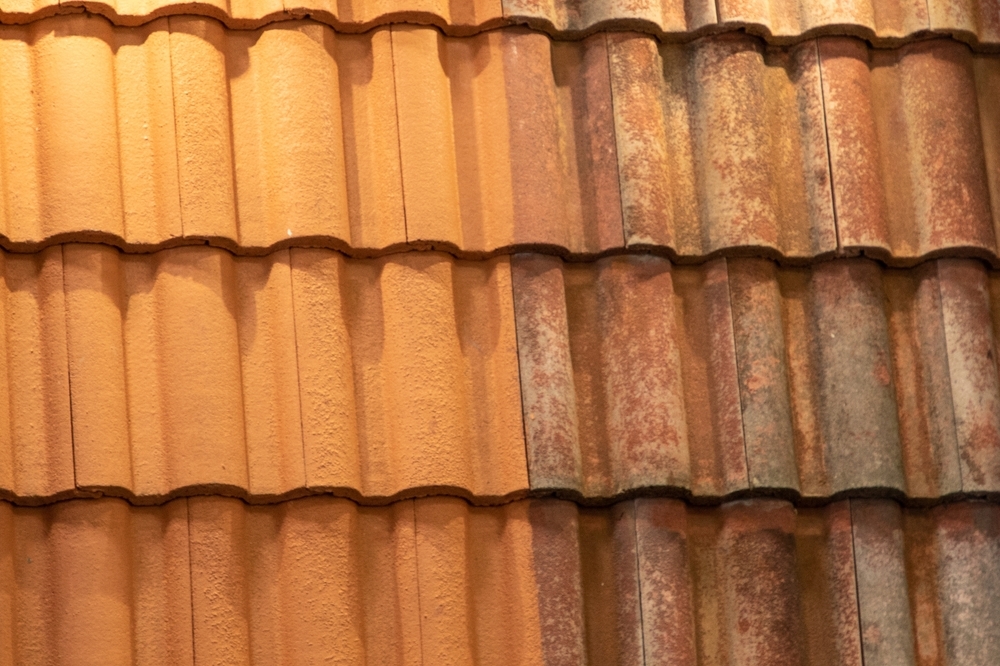
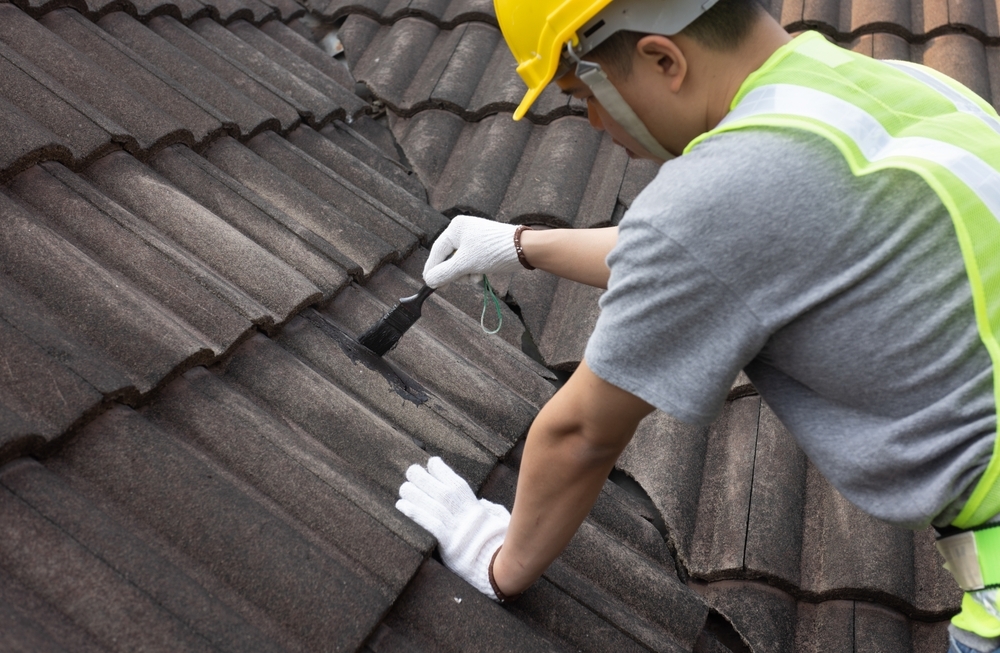
.jpg)
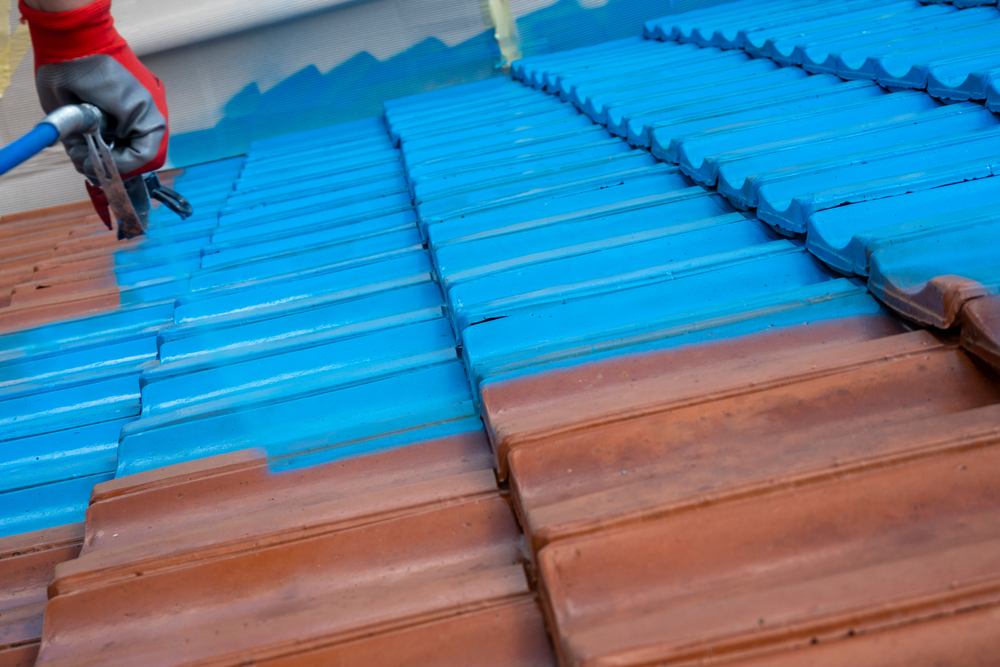
.jpg)
